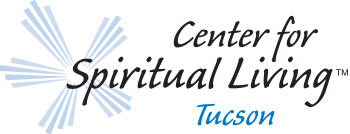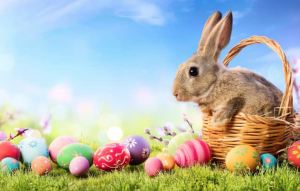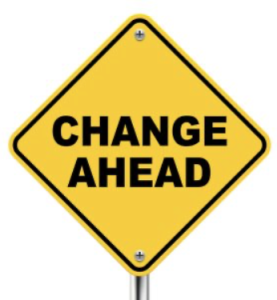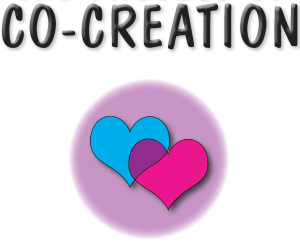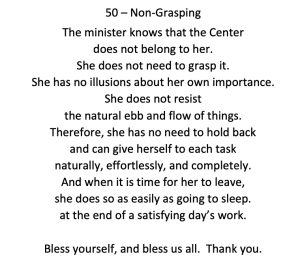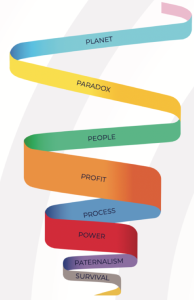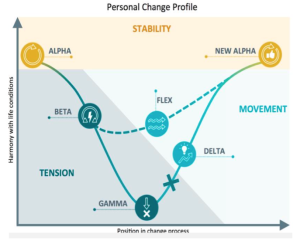Thoughts about Wholeness
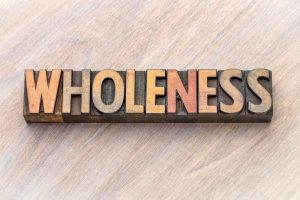 A life of wholeness is a life of health and balance. In the process of healing from our wounds, we begin to harmonize our physical, emotional, mental, and spiritual parts. Christina Grof, The Thirst for Wholeness, page 267
A life of wholeness is a life of health and balance. In the process of healing from our wounds, we begin to harmonize our physical, emotional, mental, and spiritual parts. Christina Grof, The Thirst for Wholeness, page 267
As stated in our CSLT Sacred Covenant Easy Prayer, “Because I know that the highest Purpose of my New Minister is to express Spirit, I therefore know that my New Minister is a Revelation of Spirit as: Wholeness.” Eleven of us spent about 14 hours in the Co-Creation process, facilitated by Reverend Doctor Kathy Hearn. Our Sacred Covenant was the end result.
Every word in the Sacred Covenant had to be agreed upon by all eleven of us. Choosing words to express an important concept and getting 11 people to agree on each word presented a predictable challenge. Different people can have varying reactions to the same word. Semantics in the context of communication refers to the meaning of words. It is how we personally interpret a word. The word Minister can have both positive and negative connotations depending upon one’s experiences or culture. Reverend Dr. Hearn led us in processes where full agreement was eventually achieved and any subtle shades of meaning were resolved.
We concluded that Wholeness assumes balance in several God qualities and more fully expressed what we seek in our New Minister. Reverend Dr. Hearn described wholeness as “nothing broken, nothing missing.”
Joseph Campbell described a society of individuals who lack wholeness as “where men who are fractions imagine themselves to be complete.” Other comments about wholeness include the following:
You don’t need another person, place or thing to make you whole. God already did that. Your job is to know it. Maya Angelou
The wholeness and freedom we seek is our true nature, who we really are. Jack Kornfield
Whole people see and create wholeness wherever they go; split people see and create splits in everything and everybody. Richard Rohr
A true desire is not to have but to be. We are whole creatures in potential, and the true purpose of desire is to unfold that wholeness, to become what we can be. Eric Butterworth
Perhaps the most “spiritual” thing any of us can do is simply to look through our own eyes, see with eyes of wholeness, and act with integrity and kindness. Jon Kabat-Zinn
I’m glad that the Divine led us to select the quality of Wholeness as our New Minister’s expression of Spirit. The desires, intentions, commitment, and faith of our community, as expressed in our Sacred Covenant Easy Prayer and read at the end of every service will manifest CSLT’s perfect New Minister. And so it is.
–Linda Bullock
